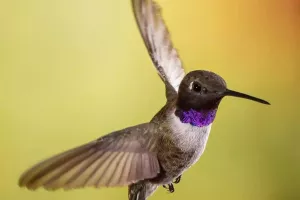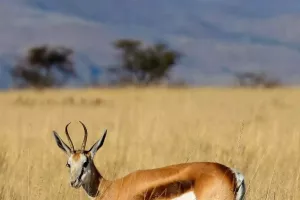What are the wings of a butterfly for? Just let the butterflies fly? Scientific reports suggest that the wings of butterflies may do more work than just keep them flying. And about the wings of butterflies, there is also a lot of scientific knowledge for us to explore together.
Butterfly wings are so beautiful that they can be used to attract fellow butterflies, deter potential predators from attacking themselves, mimic other creatures, and even provide camouflage techniques.
The scales on butterfly wings are evolved from epidermal cells, and the pigment particles contained in the cells can make each scale have its own unique color, which is called pigment color. The scales of different butterflies will also vary in size and shape. They are like pieces of a puzzle. When arranged in a certain order, they show various beautiful and peculiar patterns.
These scales strengthen and strengthen the wings. If the butterfly loses a large number of scales, the underlying membrane may become more easily damaged. So butterfly wings have evolved "eyes", and butterfly wings may exhibit the most fascinating variety of visual microstructures. The existence of this microstructure is much like an eye, which helps the butterfly improve its mobility and directly guides the flight of the butterfly like the eye.
Butterflies are much smaller and fragile than most animals, and they are also food for many animals and often face many dangers in nature. And these eyes often look like those of a snake or an owl, which is an excellent intimidation for some predators such as butterfly-eating frogs, lizards or birds, and can effectively protect themselves from harm. . The self-protection function of butterflies is formed by its long-term evolution in nature, which is also the result of long-term natural selection.
Also, some butterflies have wings that can sense the pulse. Anyone who has looked closely at butterfly wings can realize that they have veins that absorb a blood-like substance called hemolymph. For a while, entomologists thought that a single part of these veins, filled with hemolymph, spreads its wings fully after the butterfly emerges from the cocoon. Recently, it was discovered that the hemolymph continues to bleed through these veins throughout the insect's life cycle.
So the wings of a butterfly are not just a butterfly's flying machine, but also take on more roles in some aspects, such as maintaining its own body temperature, enhancing mobility, and veins in the wings that allow blood to flow.


